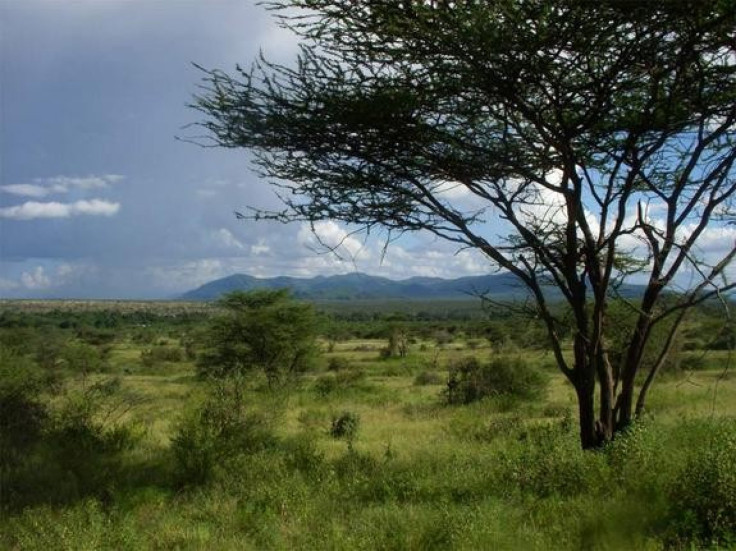African Savannas: The Cradle of Humanity

Researchers from University of Utah suggest that the human evolution millions of years ago might have been with the help of savannas, rolling grassland of Africa.
These grasslands would have taken care of our ancestors through their essential moments in their evolution.
Researchers said that a study of 1,300 fossil soils in eastern Africa is associated with 6 million years ago hominines. They also suggest that our early ancestors evolved in a Savannah-like environment with less than 40 per cent tree cover, rather than in more closed woodland.
The fossil soils in eastern Africa can give clues about the vegetation that once grew in that regions and also can provide information about the type of ecosystem that existed in different time periods, a university release said on Wednesday.
"We've been able to quantify how much shade was available in the geological past. And it shows there have been open habitats for all of the last 6 million years in the environments in eastern Africa where some of the most significant early human fossils were found," geochemist Thure Cerling, senior author of a study in the journal Nature.
"Wherever we find human ancestors, we find evidence for open habitats similar to savannas - much more open and savanna-like than forested," Cerling added.
Cerling said that fossils of early humans have been found in both wooded and open environments, but the contents of grasses in their diets indicate that they have spent time in grassy landscapes.
This grassy environment might have influenced in human development of upright walking, increased brain size and tool use, he said.
The study shows that these environments have prevailed for more than 6 million years in eastern Africa and some scientists call it "the cradle of humanity."
The scientists used chemical isotopes in ancient soil to measure prehistoric tree cover to study the prolonged existence of savannas. The isotope method indicates that savannas existed in the area as much as up to 7.4 million years ago.
"Many scientists think that before 2 million years ago, things were forested in East Africa and savanna conditions have been present only for the past 2 million years," Cerling said. "This study shows that during the development of bipedalism [about 4 million years ago] open conditions were present, and even predominant," he added.
© Copyright IBTimes 2024. All rights reserved.











